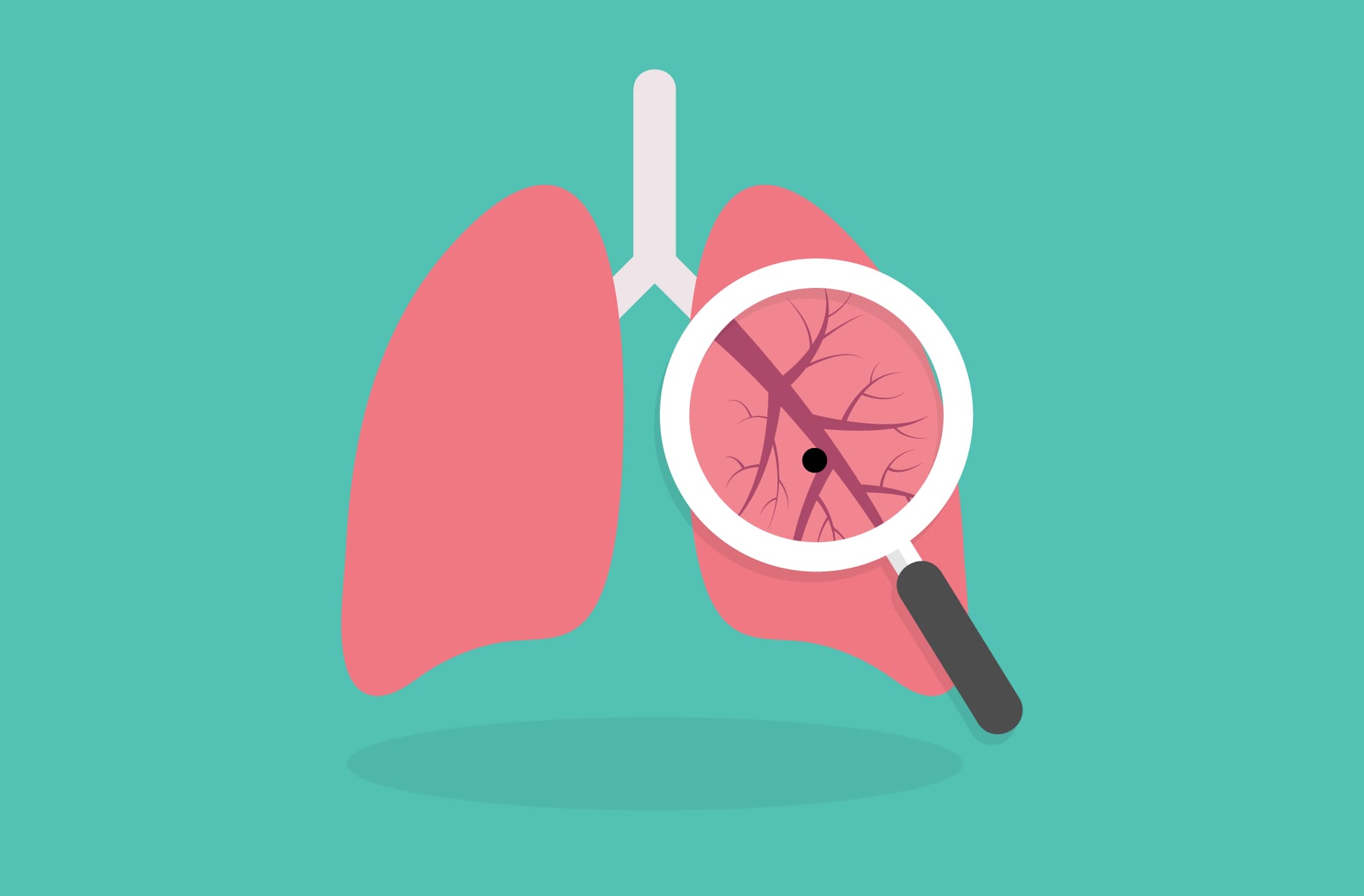Radon, a colorless, odorless, and tasteless radioactive gas, is a serious health hazard that can seep into homes and buildings from the ground. Long-term exposure to elevated radon levels is associated with an increased risk of lung cancer, making it crucial for homeowners to prioritize radon testing and mitigation measures to ensure the safety of their families.
Table of Contents
Understanding Radon and its Risks
Radon is a naturally occurring gas that results from the breakdown of uranium in soil, rock, and water. It can enter homes through cracks in the foundation, gaps around pipes, sump pumps, and other openings in the building structure.
Once inside, radon can accumulate to dangerous levels, especially in poorly ventilated spaces like basements and crawl spaces.
The primary health risk associated with radon exposure is lung cancer. When radon gas is inhaled, it decays into radioactive particles that can damage lung tissue and lead to cancer over time.
According to the Environmental Protection Agency (EPA), radon is the second leading cause of lung cancer in the United States, responsible for thousands of deaths each year.
The Need for Radon Testing
Radon levels can vary significantly even within the same neighborhood, and they are not influenced by factors like home construction or age.
Testing for radon is the only way to determine if a home has elevated levels of this dangerous gas. Fortunately, radon testing is now more accessible and affordable than ever.
Digital radon detectors, such as the Airthings Corentium Home or View Radon, provide accurate and reliable radon level readings after 30 days of continuous monitoring.
These devices offer homeowners the ability to monitor radon levels in their homes continuously, ensuring that any necessary mitigation measures can be implemented promptly.
While short-term charcoal tests are available at a lower cost, they only provide a snapshot of radon levels and may not capture fluctuations in concentration over time.
Investing in a digital radon detector is a more reliable and comprehensive way to monitor radon levels in your home.
Addressing Radon Issues in Homes
If radon testing reveals elevated levels of the gas in your home, it is essential to take action to reduce the health risks associated with long-term exposure.
Approximately 6% of homes in the United States have radon levels that require mitigation, but the good news is that radon problems can be addressed effectively in most cases.
Mitigation solutions for radon typically involve sealing foundation cracks, installing ventilation systems, or adding ventilation bricks to outside walls.
These measures help to prevent radon from entering the living spaces of the home and reduce overall exposure levels. According to the National Radon Program Services, virtually any home can be fixed or have its radon levels reduced through appropriate mitigation strategies.
Implementing Radon Mitigation Measures
If your home has high radon levels, several mitigation measures can be implemented to reduce the risk of lung cancer and ensure a safe living environment for you and your family.
Some common radon mitigation solutions include:
- Sealing Foundation Cracks: By sealing cracks in the foundation and walls of your home, you can prevent radon from entering through these openings.
- Installing Ventilation Systems: Ventilation systems, such as sub-slab depressurization or heat recovery ventilation, can effectively reduce radon concentrations in indoor air.
- Adding Ventilation Bricks: Installing ventilation bricks in outside walls can help to vent radon gas safely away from the home, reducing overall exposure levels.
Most radon mitigation measures are long-lasting and require minimal maintenance once installed.
Regular testing and monitoring of radon levels in your home can help ensure that mitigation systems are functioning effectively and that radon exposure remains at safe levels.
Conclusion
In conclusion, radon is a hazardous gas that poses a significant health risk when present at elevated levels in homes. Testing for radon is essential for all homeowners, regardless of their location or the age of their homes, to ensure the safety of their families.
With accessible and affordable radon testing options available, monitoring radon levels in your home has never been easier.
If elevated radon levels are detected, mitigation measures can effectively reduce exposure and lower the risk of lung cancer associated with radon gas.
By implementing appropriate mitigation strategies and regularly monitoring radon levels, homeowners can create a safe and healthy living environment for themselves and their loved ones.
Prioritizing radon testing and mitigation is a proactive step toward safeguarding your family’s health and well-being.




